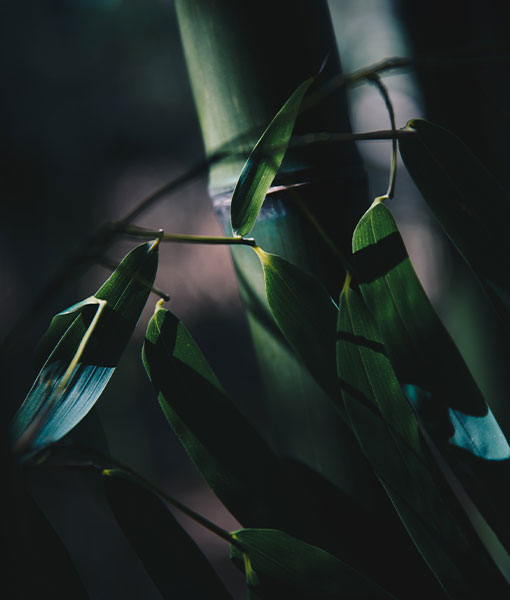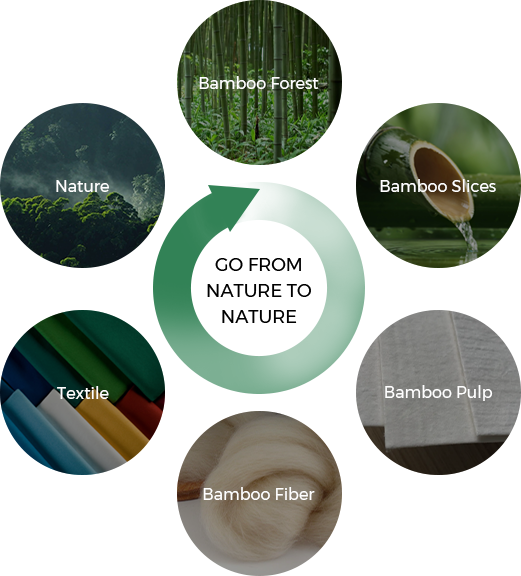In the world of casual wear, the hoodie stands as a quintessential garment that seamlessly blends comfort with style. At the heart of every cozy hoodie lies a carefully selected fabric that not only envelops the wearer in warmth but also contributes to its overall aesthetic appeal. Hoodie Fabric, meticulously designed and crafted, plays a pivotal role in shaping the comfort, versatility, and fashion statement of this iconic piece. This article explores the unique characteristics, manufacturing intricacies, and diverse applications of Hoodie Fabric, shedding light on its essential role in casual fashion.
The essence of
Hoodie Fabric lies in its ability to provide warmth and comfort, making it the go-to choice for casual, relaxed occasions. Cotton and fleece are primary materials employed in hoodie production, offering a soft and plush feel against the skin. These fabrics create a cocoon of coziness, making hoodies a favored garment for cool evenings, casual outings, and lounging at home.
One of the defining characteristics of Hoodie Fabric is its construction, often involving a combination of materials to achieve the desired blend of comfort and functionality. The outer layer may feature a cotton-polyester blend or fleece for insulation, while the inner layer often consists of soft cotton jersey or brushed fleece for added warmth. This dual-layer construction contributes to the hoodie's ability to provide both comfort and style.
Similar to t-shirts, bamboo viscose brings a luxurious softness to hoodies, making them incredibly comfortable against the skin.The breathability of bamboo viscose helps regulate temperature, preventing overheating and keeping you comfortable even when wearing a hoodie. Depending on the manufacturing process, bamboo viscose can be a more sustainable alternative to traditional materials like cotton.
The manufacturing intricacies of Hoodie Fabric involve weaving techniques, fiber selection, and finishing processes that cater to the specific requirements of this casual garment. The choice of fabric weight, expressed in GSM (grams per square meter), determines the thickness and feel of the hoodie. Medium to heavyweight fabrics create a substantial and warm hoodie, while lighter weights offer a more breathable and versatile option for transitional seasons.
The knit pattern of Hoodie Fabric, often jersey or fleece knit, contributes to its texture and appearance. The brushed interior of fleece fabric creates a soft and fuzzy feel, enhancing warmth and comfort. Additionally, ribbed knit at the cuffs and hem provides structure and aids in retaining heat, making it a crucial component of the hoodie's design.
The hoodie's signature feature, the hood itself, adds an extra layer of coziness and functionality. Hoodie Fabric extends to the hood, and the choice of lining can vary from jersey to fleece, providing additional insulation and comfort. The drawstrings, often threaded through metal eyelets, not only serve a functional purpose but also contribute to the hoodie's casual aesthetic.
The colorfastness of Hoodie Fabric ensures that vibrant hues remain true over time and multiple washes. Reactive dyes, commonly used in hoodie production, bind with the fabric fibers, creating lasting and vivid colors. This resistance to fading contributes to the longevity of the hoodie, allowing wearers to enjoy their favorite cozy garment for an extended period.
Beyond the classic hoodie, fabric innovations have led to the creation of performance-oriented Hoodie Fabrics. Moisture-wicking properties, often achieved through polyester blends, draw sweat away from the body, making performance hoodies suitable for active lifestyles and sports activities. This adaptation caters to the evolving demands of consumers who seek hoodies that provide both comfort and functionality in various settings.
In the realm of graphic hoodies, where designs play a central role, the choice of Hoodie Fabric becomes a canvas for artistic expression. Cotton blends offer a smooth surface for vibrant prints, while fleece fabrics with unique textures can enhance the visual and tactile appeal of the graphics. This synergy between fabric and design contributes to the individuality and storytelling aspect of graphic hoodies.
The significance of Hoodie Fabric extends to promotional and branded hoodies, where comfort, durability, and printability are crucial considerations. Cotton-polyester blends strike a balance between softness and the ability to showcase logos and designs clearly. The fabric's versatility allows businesses to create promotional hoodies that not only serve as marketing tools but also offer a comfortable and wearable product for consumers.
In conclusion, Hoodie Fabric serves as a fundamental element in crafting one of the most beloved and enduring pieces of casual wear—the hoodie. Its delicate blend of warmth, comfort, and versatility makes it a cornerstone of casual fashion. From classic cotton to performance blends, Hoodie Fabric continues to evolve, reflecting the ever-changing needs and preferences of consumers. As we wrap ourselves in the cozy embrace of our favorite hoodie, we can appreciate the craftsmanship and artistry embedded in the fabric that has become synonymous with casual comfort and effortless style.





